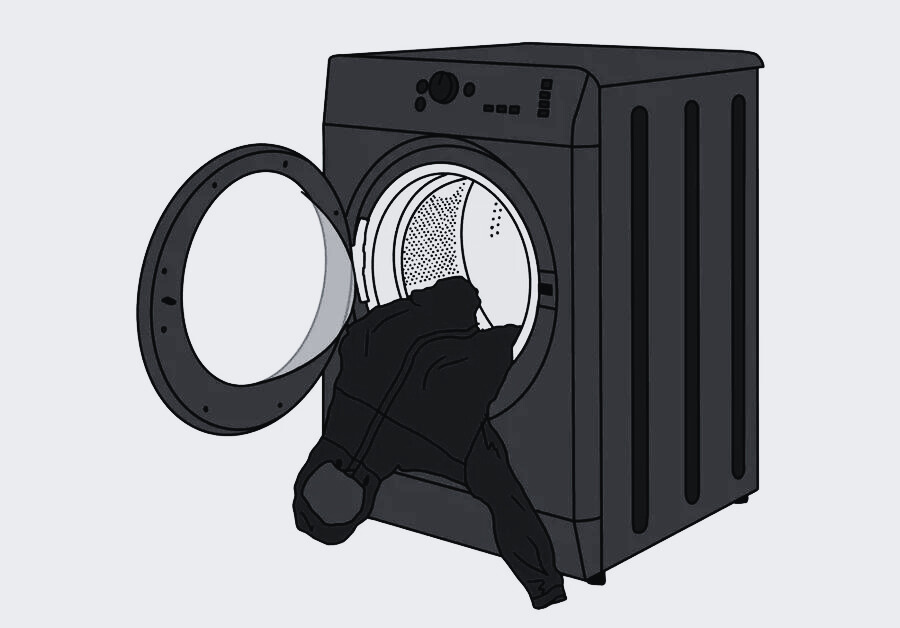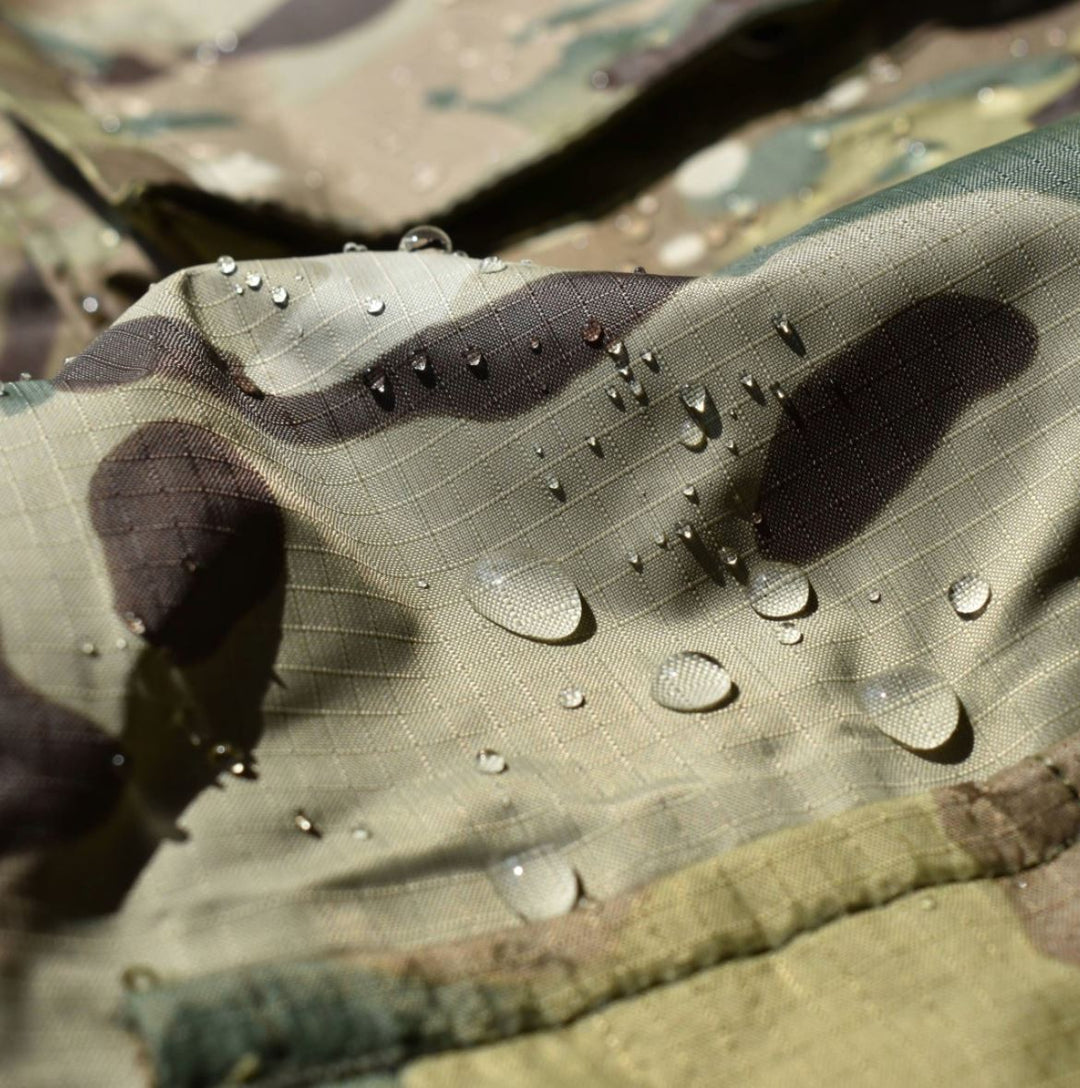Garment care

Garment Care
Good care for a longer life span
Proper maintenance of your gear is essential to ensure peak performance in the field. By following these guidelines, you can maximise the longevity and effectiveness of your Keela kit, allowing it to support your missions time and again. Remember, the most sustainable gear is the gear you already have.
Regular care and maintenance are crucial to maintaining the highest performance levels of your Keela garment and extending its service life. Dirt accumulating on the exterior of a waterproof garment can degrade its effectiveness by attracting water and clogging the breathable pores of the fabric.This significantly reduces the garment’s breathability down to almost nothing. It’s important to routinely brush off any surface dirt and avoid exposing your garment to oil and grease. If breathability remains compromised, a thorough wash may be necessary.
However, only wash your garment when absolutely necessary, as frequent washing can accelerate wear and tear. We recommend washing at 30°C or lower to help conserve resources. For further details, refer to the "iprefer30" guidelines.
GENERAL CARE
- Always hang to dry
- Brush off surface dirt regularly
- Avoid DEET and hair spray/perfumes
- Avoid oil/grease
- Do not dry on radiators
- Do not use bleach, softeners, conditioners, harsh detergents, etc
- Do not spin dry
- Do not dry clean
- Do not leave folded when wet
Storing Items in Pockets - Please note that we cannot guarantee against moisture build-up inside pockets.
We recommend placing all electronics into a suitable waterproof container before placing inside a pocket.


Washing Instructions
You should always follow the care symbols on the inner label when washing your Keela garment; however below we also have some general rules for waterproof garments.
Steps to Wash Waterproofs
- Close all zips and Velcro fastenings on your jacket
- You should use pure soap or specialist soap cleaner for waterproof garments
– For example soap flakes
Hand wash, or machine wash at 30-40°C
– We recommend that 30°C is sufficient in most cases
– If using a machine, ensure it is clean of any existing detergent residue
– Don’t wash your waterproofs with non-waterproof items, or more than two garments at a time - Ensure garments are thoroughly rinsed after washing
- We suggest hanging your garment up to drip-dry
- If you notice that the fabric of your jacket or trousers is absorbing rather than repelling water you may also need to reproof your garment.
DO NOT
- Do not use bleach, fabric softeners, conditioners, harsh detergents (including Woolite) or biological washing powders/liquids
- Do not dry clean
- Do not spin dry
Many commercial soaps and detergents have added perfumes, brighteners, whiteners etc; and these are not recommended as they can negatively interact with the waterproof coatings/membranes and the DWR finish. Conditioners and softeners also inhibit the wickability of garments especially base layers.
Drying Instructions
Always hang your garments up to dry when wet; not doing this will mean your garments will not dry properly and may be damaged.
Do Not
- Do not leave your garments rolled up or folded when wet
- Do not hang garments on radiators or near hot heat sources
– You can dry your garments in a low temperature dryer and if necessary use a cool iron; however be aware that high temperatures can damage your garments


reproofing guidance
Why Do I Need to Reproof?
Re-proofing of your garment is just as important as washing; this is because although the fabric is treated with a water repellent finish this does not last forever and will wear off over time.
When the DWR finish has worn off, the surface fabric will begin to “wet out” (absorb water).
When this happens, you should use a specialist DWR reproofer as required.
WARNING – SDP Garments
For System Dual Protection garments, avoid reproofing products which are designed to be used with a washing machine.
What is DWR?
DWR stands for Durable Water Repellent. Over time the original DWR treatment on a waterproof garment will wear off, so a DWR treatment (also referred to as ‘reproofing’) is used to re-apply the water repellency.
Steps to Reproof
- Ensure your garment is clean – any dirt or other substance on your jacket can stop the reproofer ‘bonding’ to the jacket.
- Choose your reproofer
- Read the instructions on your specific reproofer carefully before beginning, as each one will have different requirements (for example, some work best if the garment is dry, and others work best if the garment is damp).



